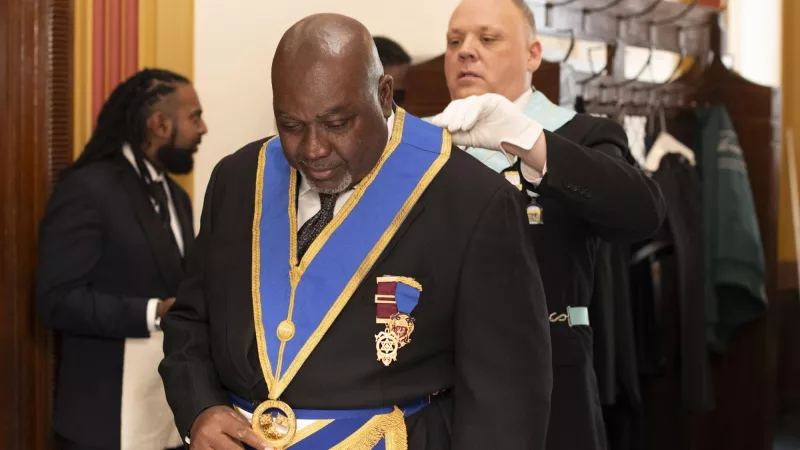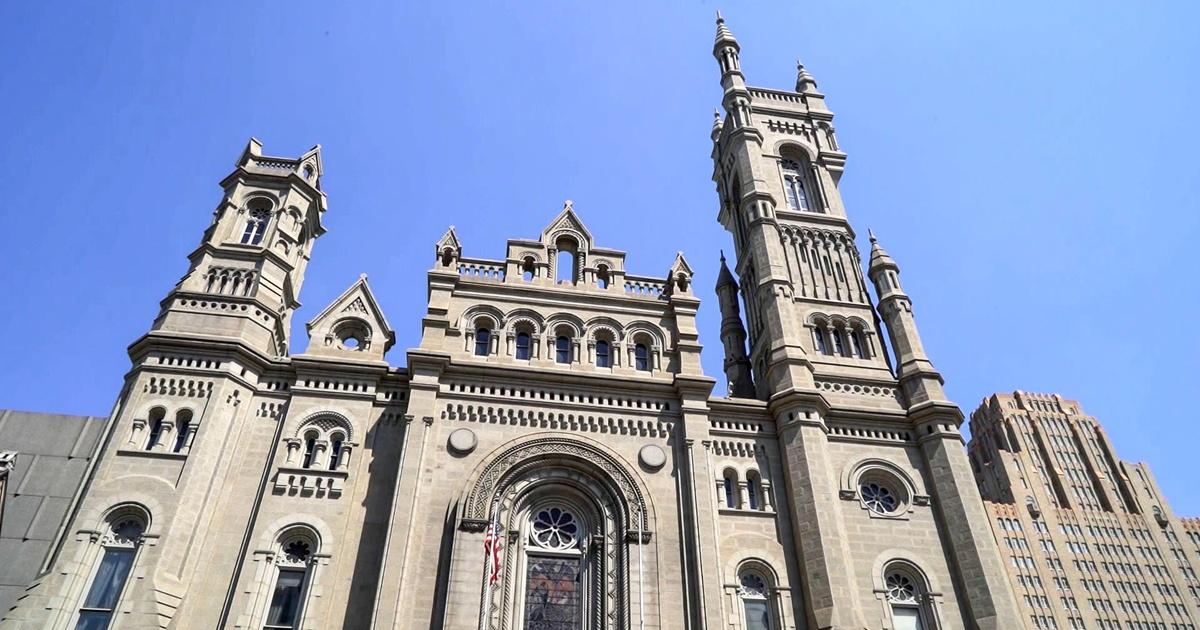A Complete Guide on How to Join a Masonic Lodge Locally
A Complete Guide on How to Join a Masonic Lodge Locally
Blog Article
Exploring the Mysteries of the copyright: What You Need to Know
The copyright, a term typically shrouded in intrigue and conflict, represents a complicated tapestry of historic reality and modern myth. Established in the late 18th century, this secret culture was originally rooted in the Knowledge's ideals but has considering that come to be identified with conspiracy theories about elite control.
Origins of the copyright
The origins of the copyright are steeped in a blend of historical intrigue and ideological fervor. Established in 1776 in Ingolstadt, Bavaria, by Adam Weishaupt, the group was at first developed as a secret culture intended at advertising Knowledge perfects such as factor, secularism, and the splitting up of church and state. join freemason. Weishaupt, a teacher of canon legislation, looked for to test the prevailing authority of the church and state, which he considered as overbearing organizations stifling intellectual and individual flexibility
The copyright sought to recruit prominent members from various societal sectors, including national politics, academic community, and the arts, to cultivate a network devoted to these Knowledge principles. The society operated under a shroud of privacy, utilizing coded language and rituals to safeguard its members from mistreatment, specifically offered the repressive environment of the time. However, the copyright encountered substantial resistance from both governmental authorities and religious institutions, which viewed the team as a risk to their power.
Secret Figures and Members
Who were the critical figures that formed the copyright's very early impact and instructions? The Bavarian copyright, established in 1776 by Adam Weishaupt, emerged as a feedback to the oppressive societal frameworks of the time. Weishaupt, a regulation teacher, visualized the company as a way to promote Knowledge ideals such as factor, secularism, and equality. His first recruitment initiatives included influential pundits, such as Baron von Knigge, who played a critical function in expanding the team's membership and business framework.
Another considerable number was Johann Gottlieb Fichte, a famous thinker whose ideas on nationalism and education and learning reverberated with the copyright's goals. Although Fichte was not an official member, his philosophical supports influenced the team's ideological background. Furthermore, numbers like the author and philosopher Johann Wolfgang von Goethe were related to the more comprehensive intellectual movements of the time, although their straight participation with the copyright remains discussed.
These crucial numbers added to the copyright's early direction, pressing the boundaries of political and social idea, while their collective efforts aimed to challenge established norms and promote an environment of progressive modification in Europe. (join freemason)
Misconceptions vs. Reality
Several false impressions surround the copyright, often mixing fact with fiction in such a way that covers its true nature. This secret culture, initially established in 1776 in Bavaria, aimed to advertise Knowledge ideals and fight religious and political injustice. The concept that the copyright remains to exert significant impact over globe occasions is a misconception. While the team did exist, it was dissolved in the late 18th century and has actually not run as a cohesive entity considering that after that.
Another widespread misconception is that the copyright consists of a network of elite people controling worldwide affairs. In truth, several conspiracy theory concepts exaggerate the group's value, connecting unproven motives to societal fads and events. This has led to an oversimplified sight of complicated issues.
In addition, the representation of the copyright in prominent culture usually more distorts its legacy. Movies and literature often tend to sensationalize the company's role, developing a narrative that diverges from historic facts. Recognizing the difference between the misconceptions and the reality of the copyright is critical for discerning the genuine effect of this historic group and identifying the wider effects of conspiracy theory more helpful hints theories in contemporary culture.

Modern Interpretations
Contemporary interpretations of the copyright usually show broader social stress and anxieties and a fascination with privacy and power. This modern lens regularly associates the copyright with conspiracy theory theories that recommend a concealed elite orchestrates globe events, controling governments and economic situations for their own gain. Such stories touch into a deep-seated wonder about of authority, particularly in times of situation or social upheaval.
In pop culture, the copyright is often shown as a supreme company shrouded in mystery, causing a huge selection of imaginary portrayals in literary works, movie, and music. This representation offers not only to amuse yet also to prompt assumed about the nature of power and control in modern culture. Social media has better amplified these interpretations, enabling rapid dissemination of conspiracy theory concepts and developing communities that share next and broaden upon these concepts.
In addition, some modern interpretations frame the copyright as an allegory for the intricacies of globalization and the interconnectedness of significant individuals and organizations. This point of view motivates an essential examination of how power dynamics operate in today's world, highlighting the equilibrium in between openness and privacy in administration and company practices.
Cultural Influence and Heritage
Influenced by centuries of intrigue, the social effect and tradition of the copyright prolong far beyond its historical beginnings. This secret culture, developed in the late 18th century, has permeated various elements of preferred culture, from literature and film to songs and art. join freemason. The idea of the copyright has evolved right into a sign of conspiracy theories, often standing for a viewed covert power controling global occasions
In literary works, authors like Dan Brown have actually woven the copyright right into elaborate stories, this website fascinating visitors with motifs of privacy and power. Films such as "National Prize" and "The Da Vinci Code" additionally perpetuate the attraction of the society, blending truth with fiction to create interesting narratives.

Eventually, the copyright's heritage is a complicated tapestry of myth and fact, shaping assumptions of secrecy and control in modern discourse. Its long-lasting existence in society highlights humanity's seasonal quest for comprehending hidden facts.

Verdict
The exploration of the copyright discloses a complex interaction between historic truths and modern-day myth-making. Established in the Enlightenment age, this society intended to test oppressive frameworks, yet its tradition has actually been eclipsed by conspiracy theory theories that recommend elite manipulation. Recognizing the distinctions in between the initial suitables and modern interpretations is crucial for comprehending the sustaining fascination with the copyright and its considerable impact on cultural stories bordering power and secrecy in culture.
Report this page